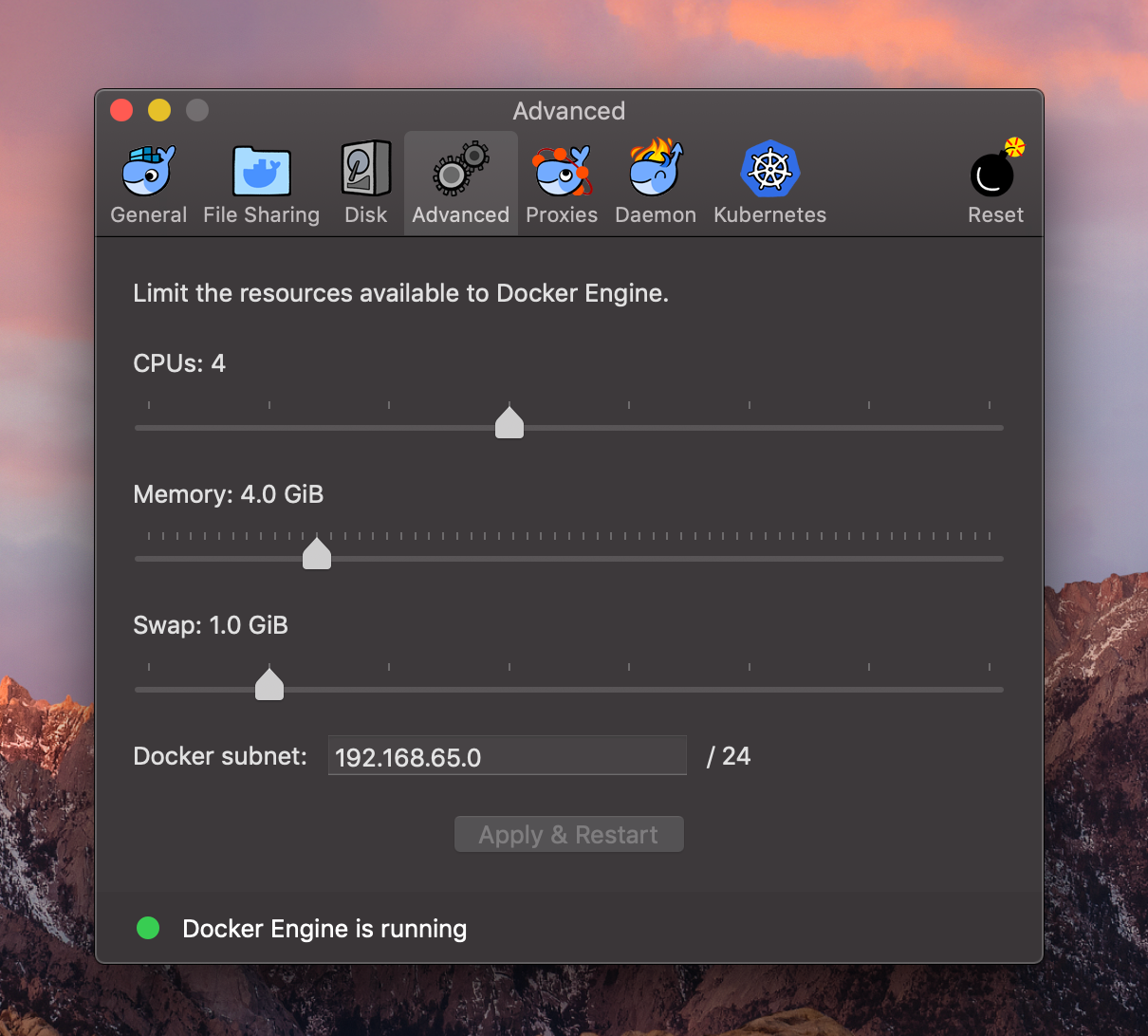Microsoft Sql Server For Mac
MicrosoftSQL Server JDBC for macOS
This tutorial shows how to set up a data source and connect to a Microsoft® SQL Server® database using the Database Explorer app or the command line. This tutorial uses the Microsoft JDBC Driver 4.0 for Microsoft SQL Server to connect to a Microsoft SQL Server 2016 Express database.
Step 1. Verify the driver installation.
If you prefer to create SQL Server 2017 containers, see the SQL Server 2017 version of this article. This image consists of SQL Server running on Linux based on Ubuntu 16.04. It can be used with the Docker Engine 1.8+ on Linux or on Docker for Mac/Windows.
If the JDBC driver for SQL Server is not installed on your computer, find the link on the Driver Installation page to install the driver. Follow the instructions to download and install this driver on your computer.
Step 2. Set up the data source.
You set up a data source using the Database Explorer app or the command line.
Set Up Data Source Using Database Explorer App

- May 16, 2017 This post was authored by Meet Bhagdev, Program Manager, Microsoft We are delighted to share the production-ready release of the SQL Server Command Line Tools (sqlcmd and bcp) on macOS El Capitan and Sierra. The sqlcmd utility is a command-line tool that lets you submit T-SQL statements or batches to local and remote instances of Read more.
- With SQL Server 2017, you can run SQL Server on Linux, and can even host your own docker container without using Windows at all (I am doing this on my Macs right now - and I wrote about it here). VS Code, Visual Studio, and Operations Studio now run natively on.
- I am having trouble connecting to a SQL Server via the new Excel 2016 for Mac SQL Server ODBC New Database Query feature. I tried to follow the Office Support info available on this link.
Open the Database Explorer app by clicking the Apps tab on the MATLAB® Toolstrip. Then, on the right of the Apps section, click the Show more arrow to open the apps gallery. Under Database Connectivity and Reporting, click Database Explorer. Alternatively, enter
databaseExplorerat the command line.In the Data Source section, select Configure Data Source > Configure JDBC data source.
The JDBC Data Source Configuration dialog box opens.
In the Name box, enter a name for your data source. You use this name to establish a connection to your database.
From the Vendor list, select
Microsoft SQL Server.In the Driver Location box, enter the full path to the JDBC driver file.
In the Database box, enter the name of your database. In the Server box, enter the name of your database server. Consult your database administrator for the name of your database server. In the Port Number box, enter the port number.
Under Connection Options, in the Name column, enter the name of an additional driver-specific option. Then, in the Value column, enter the value of the driver-specific option. Click to specify additional driver-specific options.
Click . The Test Connection dialog box opens. Enter the user name and password for your database, or leave these boxes blank if your database does not require them. Click .
If your connection succeeds, the Database Explorer dialog box displays a message indicating the connection is successful. Otherwise, it displays an error message.
Click . The JDBC Data Source Configuration dialog box displays a message indicating the data source is saved successfully. Close this dialog box.
Set Up Data Source Using Command Line
Create a JDBC data source for an SQL Server database.
Set the JDBC connection options. For example, this code assumes that you are connecting to a JDBC data source named
MSSQLServer, database serverdbtb04, port number54317, and full path of the JDBC driver file/home/user/DB_Drivers/sqljdbc4.jar.To add JDBC driver-specific connection options, use the
addConnectionOptionsfunction.Test the database connection by specifying the user name
usernameand passwordpwd, or leave these arguments blank if your database does not require them.Save the JDBC data source.
After you complete the data source setup, connect to the SQL Server database using the Database Explorer app or the JDBC driver and command line.
Step 3. Connect using the Database Explorer app or the command line.
Connect to SQL Server Using Database Explorer App
On the Database Explorer tab, in the Connections section, click and select the data source for the connection.
In the connection dialog box, enter a user name and password, or leave these boxes blank if your database does not require them. Click .
The Catalog and Schema dialog box opens.
Select the catalog and schema from the Catalog and Schema lists. Click .
The app connects to the database and displays its tables in the Data Browser pane. A data source tab appears to the right of the pane. The title of the data source tab is the data source name that you defined during the setup. The data source tab contains empty SQL Query and Data Preview panes.
Select tables in the Data Browser pane to query the database.
Close the data source tab to close the SQL query. In the Connections section, close the database connection by clicking .
Note
If multiple connections are open, close the database connection of your choice by selecting the corresponding data source from the list.
Connect to SQL Server Using JDBC Driver and Command Line
Connect to an SQL Server database using the configured JDBC data source, user name
username, and passwordpwd. For example, this code assumes that you are connecting to a JDBC data source namedMSSQLServer.Close the database connection.
See Also
Apps
Microsoft Sql Server Management Studio For Mac
Functions
Sql Server On Mac Os
close|configureJDBCDataSource|database|saveAsJDBCDataSource|setConnectionOptions|testConnection